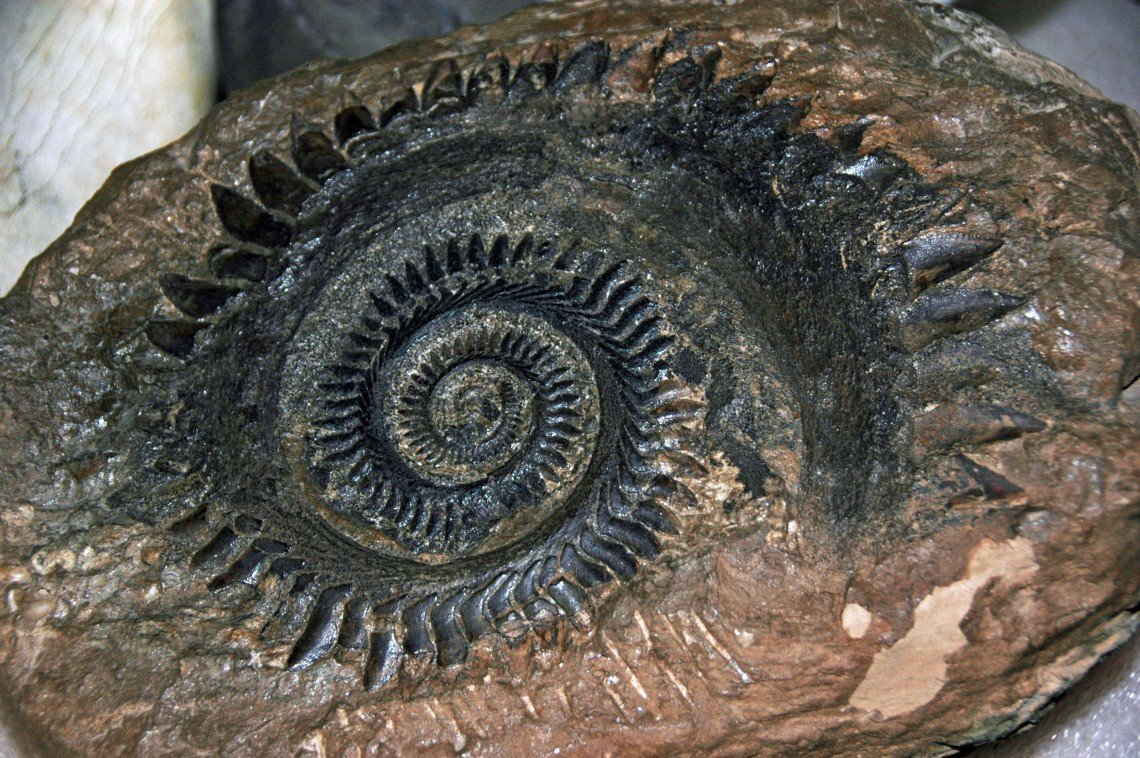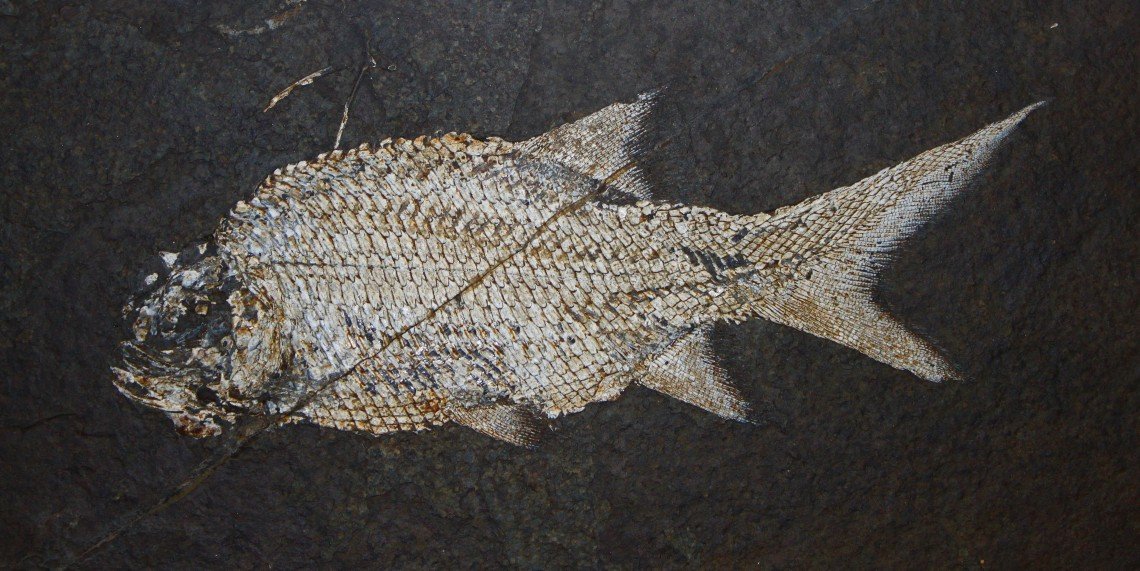A new study by the University of Washington has suggested that extreme global warming caused Earth’s biggest-ever mass extinction. The largest extinction in Earth’s history marked the end of the Permian period, some 252 million years ago.
Around 95% of marine species and 70% of life on land were wiped out in the event. Many previous studies have linked the event with a series of massive volcanic eruptions in Siberia that filled the atmosphere with greenhouse gases.
But what made the oceans so inhospitable to life has remained an unanswered question until now.
New research from the University of Washington and Stanford University combines models of ocean conditions and animal metabolism with published lab data and paleoceanographic records to show that the Permian mass extinction in the oceans was caused by global warming that left animals unable to breathe. As temperatures rose and the metabolism of marine animals sped up, the warmer waters could not hold enough oxygen for them to survive.

First author Justin Penn, a UW doctoral student in oceanography, said, “This is the first time that we have made a mechanistic prediction about what caused the extinction that can be directly tested with the fossil record, which then allows us to make predictions about the causes of extinction in the future.”
Scientists used a climate model with Earth’s configuration during the Permian when the land masses were combined in the supercontinent of Pangaea. Before ongoing volcanic eruptions in Siberia created a greenhouse-gas planet, oceans had temperatures and oxygen levels similar to today’s.

The researchers then raised greenhouse gases in the model to the level required to make tropical ocean temperatures at the surface some 10 degrees Celsius (20 degrees Fahrenheit) higher, matching conditions at that time.
The model imitates the subsequent sensational changes in the oceans. Oceans lost around 80 percent of their oxygen. About a large portion of the ocean’s seafloor, for the most part at more profound profundities, turned out to be totally without oxygen.
Scientists then varied the oxygen and temperature sensitivities of 61 modern marine species to study the effect. They found that the tolerance of modern animals to high temperatures and low oxygen is expected to be similar to Permian animals.

The model shows the hardest hit were organisms most sensitive to oxygen found far from the tropics. Many species that lived in the tropics also went extinct in the model, but it predicts that high-latitude species, especially those with high oxygen demands, were nearly completely wiped out.
Scientists then analyzed late-Permian fossil distributions from the Paleoceanography Database. They found the fossil record that shows where species were before the extinction and which were wiped out completely or restricted to a fraction of their former habitat.
Penn said, “The signature of that kill mechanism, climate warming, and oxygen loss, is this geographic pattern that’s predicted by the model and then discovered in the fossils. The agreement between the two indicates this mechanism of climate warming and oxygen loss was a primary cause of the extinction.”

Warming leading to insufficient oxygen explains more than half of the marine diversity losses. The authors say that other changes, such as acidification or shifts in the productivity of photosynthetic organisms, likely acted as additional causes.
The study is published in the Dec. 7 issue of Science.
![marine-animals This illustration shows the percentage of marine animals that went extinct at the end of the Permian era by latitude, from the model (black line) and from the fossil record (blue dots). A greater percentage of marine animals survived in the tropics than at the poles. The color of the water shows the temperature change, with red being most severe warming and yellow less warming. At the top is the supercontinent Pangaea, with massive volcanic eruptions emitting carbon dioxide. The images below the line represent some of the 96 percent of marine species that died during the event. [Includes fossil drawings by Ernst Haeckel/Wikimedia; Blue crab photo by Wendy Kaveney/Flickr; Atlantic cod photo by Hans-Petter Fjeld/Wikimedia; Chambered nautilus photo by John White/CalPhotos.]Justin Penn and Curtis Deutsch/University of Washington](https://www.techexplorist.com/wp-content/uploads/2018/12/marine-animals-696x382.jpg)